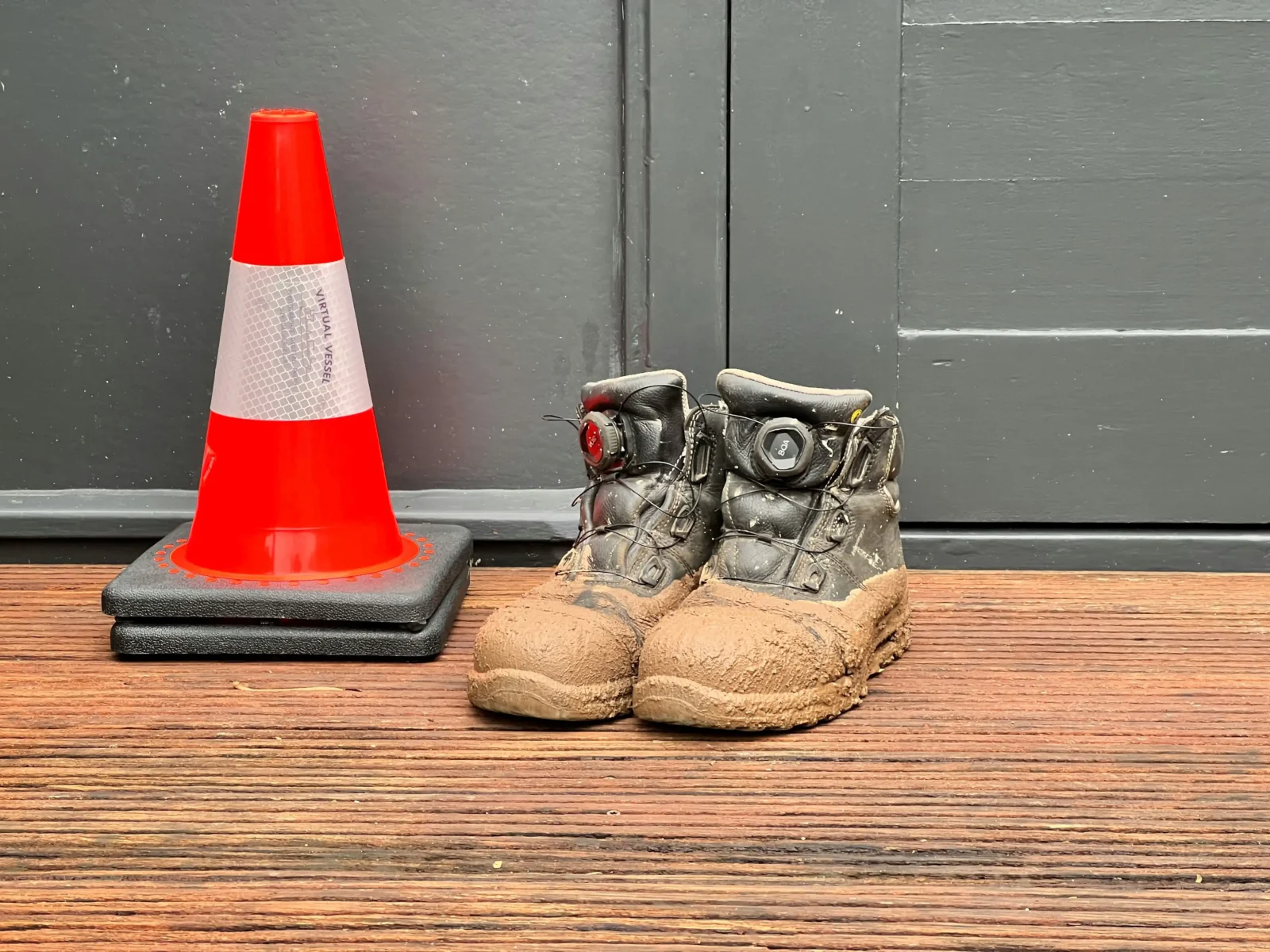- Home
- Articles
- Architectural Portfolio
- Architectral Presentation
- Inspirational Stories
- Architecture News
- Visualization
- BIM Industry
- Facade Design
- Parametric Design
- Career
- Landscape Architecture
- Construction
- Artificial Intelligence
- Sketching
- Design Softwares
- Diagrams
- Writing
- Architectural Tips
- Sustainability
- Courses
- Concept
- Technology
- History & Heritage
- Future of Architecture
- Guides & How-To
- Art & Culture
- Projects
- Interior Design
- Competitions
- Jobs
- Store
- Tools
- More
- Home
- Articles
- Architectural Portfolio
- Architectral Presentation
- Inspirational Stories
- Architecture News
- Visualization
- BIM Industry
- Facade Design
- Parametric Design
- Career
- Landscape Architecture
- Construction
- Artificial Intelligence
- Sketching
- Design Softwares
- Diagrams
- Writing
- Architectural Tips
- Sustainability
- Courses
- Concept
- Technology
- History & Heritage
- Future of Architecture
- Guides & How-To
- Art & Culture
- Projects
- Interior Design
- Competitions
- Jobs
- Store
- Tools
- More

When we think of cutting-edge architecture, we picture soaring structures, sleek renderings, and intricate designs—not necessarily software dashboards or cloud integrations. But behind every beautifully designed building is a toolbox of digital platforms that help architecture firms bring ideas to life, stay organized, and run efficiently.
In recent years, architecture has become just as much about managing data and workflows as it is about creativity and design. From project management tools to accounting software and 3D modeling programs, firms are leaning hard on software to keep up with client expectations, deadlines, and budgets. Here’s a closer look at the software solutions helping today’s architects build the future—one click at a time.
Table of Contents
ToggleDesign Software: Still the Heart of It All
No surprise here—design software is still the foundation of every architecture firm’s digital setup. Programs like AutoCAD, Revit, Rhino, and SketchUp remain industry standards for good reason. They help teams draft blueprints, create 3D models, and simulate structures with precision and speed.
But it’s not just about design anymore. Tools like Lumion or Enscape now allow real-time rendering and virtual reality walkthroughs, giving clients a visceral sense of space long before construction begins. These technologies bridge the gap between concept and reality—and have become essential in winning bids and wowing stakeholders.

Project Management Software Keeps Teams in Sync
With multiple stakeholders—clients, engineers, contractors, consultants—keeping track of timelines and tasks is a full-time job in itself. That’s where project management software like Asana, Trello, or more architecture-specific tools like Monograph and BQE Core come into play.
These platforms offer visual dashboards, time tracking, budgeting tools, and automated reminders that keep everything on schedule. For distributed teams, especially in the post-pandemic hybrid world, having a single source of truth for project status is invaluable.
Financial Software: The Back-End Backbone
Creative vision doesn’t mean much without solid financial footing. That’s why many architecture firms are upgrading the way they manage contracts, leases, billing, and taxes. Specialized software now makes it easier than ever to handle the back end—especially in areas where regulation and reporting get complex.
Take lease accounting, for example. With global accounting standards like ASC 842 and IFRS 16, firms with long-term office or equipment leases are turning to enterprise lease accounting software to stay compliant and organized. These tools automate journal entries, track lease terms, and ensure accurate reporting—reducing the burden on in-house finance teams and CPAs.
The same applies to broader financial platforms like QuickBooks Online, Xero, and Zoho Books, which help firms automate invoicing, expense tracking, and payroll. And when paired with time-tracking tools, they provide a complete picture of project profitability—key for keeping both clients and stakeholders informed.

Collaboration and File Sharing Tools
With teams often spread across offices, cities, or even countries, cloud-based collaboration tools are non-negotiable. Dropbox, Google Drive, and OneDrive continue to dominate in file storage and sharing, but tools like Miro and Notion are increasingly used for brainstorming, note-taking, and internal design critiques.
Collaboration platforms like Slack or Microsoft Teams allow real-time communication without email overload. These platforms are especially useful during design revisions, where quick feedback and version control are essential to keep things moving.
A Look at the Tech Stack
Most architecture firms don’t rely on just one or two tools—they use a whole stack of integrated platforms to keep things running. A typical setup might look like this:
- Design: AutoCAD, Revit, SketchUp, Rhino
- Visualization: Lumion, Enscape, Twinmotion
- Project Management: Monograph, BQE Core, Trello
- Accounting/Finance: QuickBooks, Xero, enterprise lease accounting software
- Collaboration: Slack, Notion, Dropbox, Miro
- CRM/Marketing: HubSpot, Mailchimp, LinkedIn Campaign Manager
This mix allows architecture firms to customize their workflow based on team size, client type, and project complexity.
The Importance of Data Security and Access Control
With all this data moving through the cloud, security is more important than ever. Architects are now custodians of sensitive documents—from structural specs to financial records. Ensuring that only the right people can access the right files is key.

Many platforms now offer role-based access, two-factor authentication, and audit trails. These tools not only protect firm data but also give clients peace of mind when they hand over confidential plans or sensitive site data.
Real Results from Smart Software Use
A 2023 study from the American Institute of Architects found that firms using integrated project management and financial tools reduced project overruns by 25%.
This stat underscores the value of adopting the right tech—not as a luxury, but as a strategic asset. In competitive bidding, a faster workflow or clearer reporting can make the difference between landing a project or losing it to a better-prepared competitor.
Final Thoughts
Architecture is still a creative field—but it’s increasingly a digital one. From design to delivery, software tools help firms streamline their work, communicate better, and stay financially sound. Whether it’s drawing a blueprint, filing an invoice, or tracking a lease, modern architecture firms rely on a carefully curated suite of platforms to keep their vision on track.
By embracing smart software, firms not only improve operations—they free up more time to do what they love most: design spaces that inspire.
illustrarch is your daily dose of architecture. Leading community designed for all lovers of illustration and #drawing.
Submit your architectural projects
Follow these steps for submission your project. Submission FormLatest Posts
Understanding Site Safety Footwear in Architectural Practice
Architecture is often discussed through drawings, models, and finished buildings, yet a...
General Arrangement Drawings in Architecture: The Backbone of Clear Design Communication
General Arrangement Drawings explained: what they are, when to use them, how...
The Ultimate Guide to Fencing in North Dakota: Choosing the Best Fence for Your Property
Watching a chain link fence twist in 70 mph winds near Minot...
Gaudí: Where Architecture Meets Science
Gaudí: Where Architecture Meets Science shows catenary arches, ruled surfaces, and biomimicry...












Leave a comment